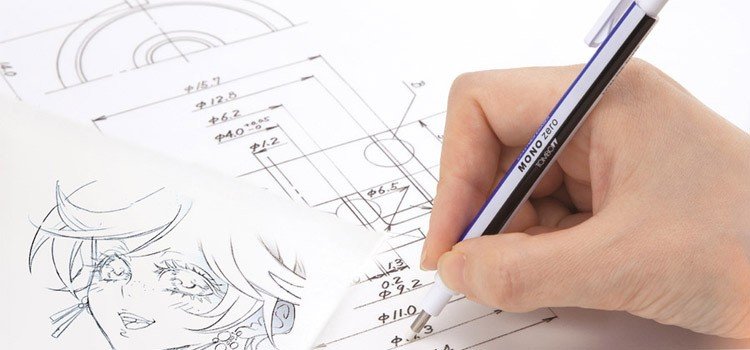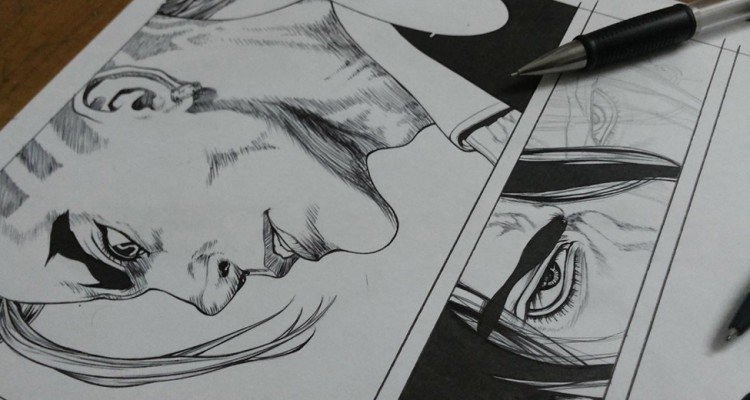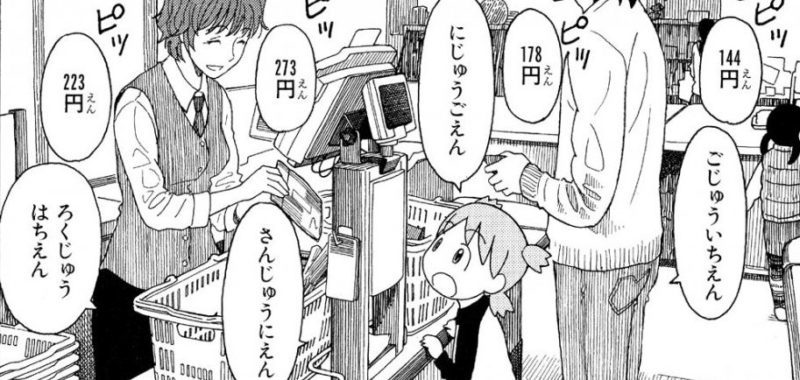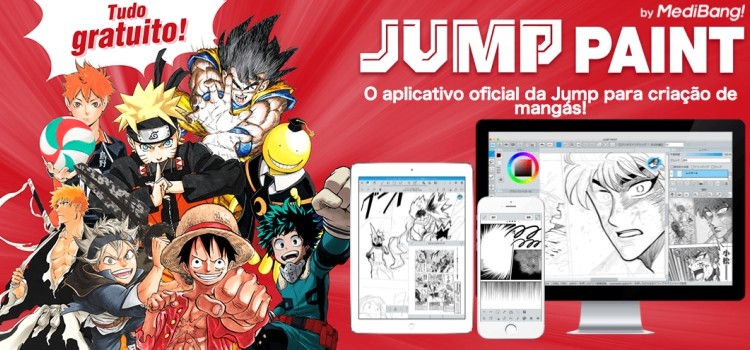Are you an Otaku? If you are a passionate fan of comics like Vagabond, Evangelion, Akira, and Alita Battle Angel, then the answer is yes. Otakus are those people who are fans of mangas, the comic books produced in the East.
The term otaku comes from Japanese and designates people of both sexes, of any age, who demonstrate a vast knowledge about characters and narratives of mangas. In other words, Otakus are the Geeks of the land of the rising sun.
Just like the Geeks in the West, Otakus, due to their appreciation for these fantasy and science fiction stories, may become interested in the art of drawing and thus create their own stories.

Nowadays, thanks to the internet, those who want a space to promote and publish their own mangás and drawings can create a blog, especially since platforms like WordPress are intuitive and full of resources.
And to give your project a professional look, it's worth investing in a domain name and a good website hosting.
Table of Content
Manga production
Mangas, the Japanese comic books, have some distinctions compared to the material produced in the West. The first detail that stands out is the features of the characters.
A typical manga character has a triangular face, a small nose, and large eyes. By the way, the bulging eyes are not there by chance. It is through the gaze of the characters that the artist imparts expressiveness that they present at the moment.

The Brazilian audience began to look fondly at manga in the 80s thanks to tokusatsu, which were those live-action series starring heroes like Jaspion and all that crew that came here via the defunct channel Manchete.
In the 90s, with the popularization of works like Akira, Ghost in the Shell, and 聖闘士星矢 (Os Cavaleiros do Zodíaco), manga gained more space among Brazilian readers.
At that time these Japanese heroes clashed with the "almighty" characters from Marvel and DC. It didn't take long for the fascination with manga to produce Brazilian otakus.
Elements and tools for Manga production
When a certain artistic manifestation becomes popular, it's normal for artists interested in producing their works to emerge.

The ingredients to produce good mangás consist of a bit of talent and high amounts of dedication and study. It is necessary to practice constantly and research drawing techniques. The internet, for example, is a vast territory full of tips on the subject.
And since we are talking about technologies that assist in the dissemination of this art, aspiring artists can also find some tools that permitem the creation and layout of mangas. Let's see which ones are?
Medibang Paint
It is a free application and compatible for both desktops and mobile devices. Medibang Paint is intuitive and brings several features that will assist the artist in creating their own mangas.
Some of these resources are colored brushes, differentiated fonts, and ready-made backgrounds to facilitate the design of the scenarios.
One of the advantages of this software is allowing page control, as well as the possibility of working in layers.
Jump Paint
Here's an app that Otakus will love. It is also free, intuitive, and is compatible with desktops, smartphones, and tablets.
Being intuitive, it is recommended for novices in the art of drawing, but it also has advanced features that could be a dream even for more experienced artists.

Among some benefits offered by Jump Paint it is worth highlighting the number of layers and various shades of color. It is available in several languages, including Japanese and Portuguese.
Another advantage of Jump Paint is that it also provides tutorials. This way, the user can practice sketching, finishing drawings, and coloring techniques.
MangaName
“Name” is a Japanese term that refers to sketches of manga. Therefore, MangaName is an app designed for the conception of sketches.
Among the features that this app presents, the user will find various types of ペン (pen) and 消しゴム (eraser). It is intuitive and great for drawing practice.

When using this tool, the mangaka – artist who produces manga – has the ability to manage the number of pages, define the position of characters, and set various angles of the panels.
Wrapping Up
It has not been today that mangas have been successful all over the world, becoming works that inspire various other media. Notice the number of movies, games, and animated shows that are adaptations of mangas.
The fascination with this format is obviously going to generate a legion of fans and artists who are eager to showcase their works.
Therefore, given the evolution of digital software, otakus have tools to create and disseminate their own manga.
